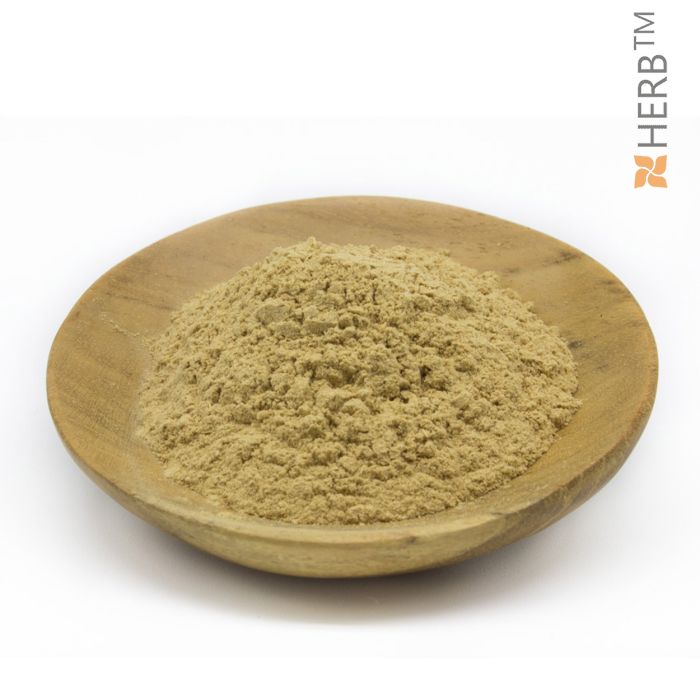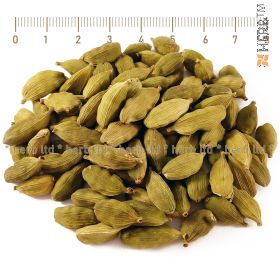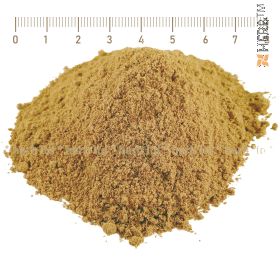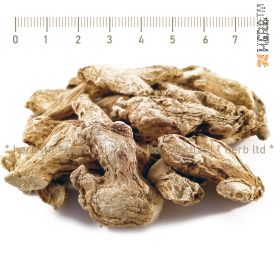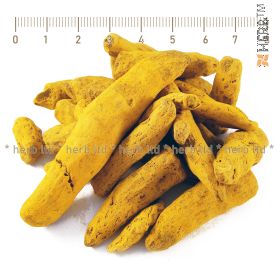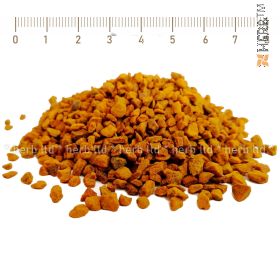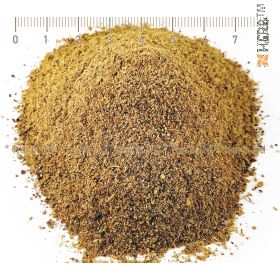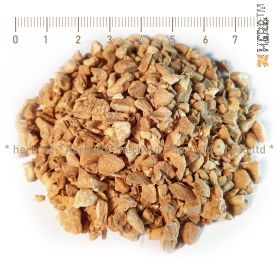Galangal root ground BOF, Alpinia officinarum
- Производител: Herb Ltd
Galangal – the miracle root
Alpinia officinarum
“And let anyone who has pains in the heart or a weak heart take a mixture of galangal and wine; the person will recover....Let him who has a burning fever grind galangal and drink it with spring water, and the burning fever will disappear...” – Hildegard von Bingen (Saint Hildegard von Bingen, called the Rhenish Sibyl, is German abbess, nun, mystic, naturopath, writer and composer of the Middle Ages)
Coming to the botanical family Zingiberaceae, ginger, turmeric and cardamom are universally known herbs and spices that are widely used in cooking various foods and treating several ailments. Plants belonging to this category are essentially roots and rhizomes that originate from the surface of or below the soil. They are also known for their health benefits, valuable nutrients, disease healing properties since ancient times and act as natural remedies for numerous health problems. But did you know that there is another, lesser-known representative of this edible type of flora - galangal?
The galangal plant thrives in the warm regions of South Asia, including China, India, Thailand, Indonesia. It is commonly called greater galangal, Thai ginger in English, while it is known as "Kulanjan", "Bara Kulanjan" in Hindi, "Dhumarashmi" in Kannada, "Aratta" in Malayalam and "Perarattai" in Tamil. It is a rhizome that sprouts at a height of up to 2 meters from the surface of the soil above the ground, with a greenish tint, red or light yellow, with a strong smell. The leaves are long, bright green with an alternate arrangement, and the flowers are yellow or green, with a pleasant aroma.
Nutritional qualities
Galangal is extremely rich in vitamin C. It is also low in calories to help maintain body weight and supplies adequate essential dietary fiber and protein. Galangal also provides the key spectrum of B vitamins to regulate metabolism and cellular energy needs. This amazing plant also contains enough potassium, which is sufficient for the daily needs of adults. Other vital trace elements in this rhizome include phosphorus, copper, iron, calcium, magnesium and zinc.
Main Features of Galangal Root
The rhizome of this plant has rings around it and is pale yellow or white in color. It is characterized by a denser structure than ginger, which is why it cannot be grated, but cut into wheels.
Galangal powder is made from dried roots that are then ground into a powder.
Powdered galangal has a reddish brown color. It tastes sweet-spicy with light citrus notes. It is not as spicy as ginger, but it is very aromatic.
Method of use of ground Galangal root
Tea: Make an infusion of half a level teaspoon of ground Galangal with 200 ml of boiling water, for 5-8 minutes. Strain. Sweeten as desired. It can be taken up to 3 times a day, after meals.
Culinary purpose: Add to soups, sauces, dishes, baked goods. It goes well with garlic and hot peppers.
Warning
Galangal, when consumed in moderation as a tea, soup, or added as a powder to the nutritional diet, is well tolerated and does not cause side effects.
Galangal can increase the production of stomach acid. If you have gastrointestinal conditions such as GERD or peptic ulcer disease, it is best to avoid this root.
Avoid use during pregnancy and breastfeeding.

